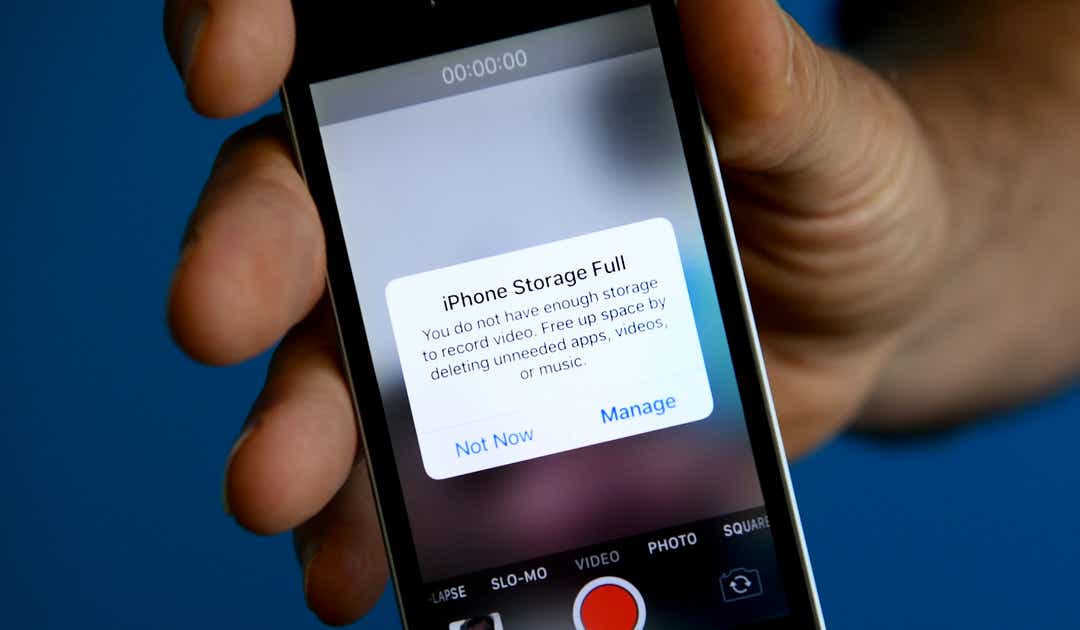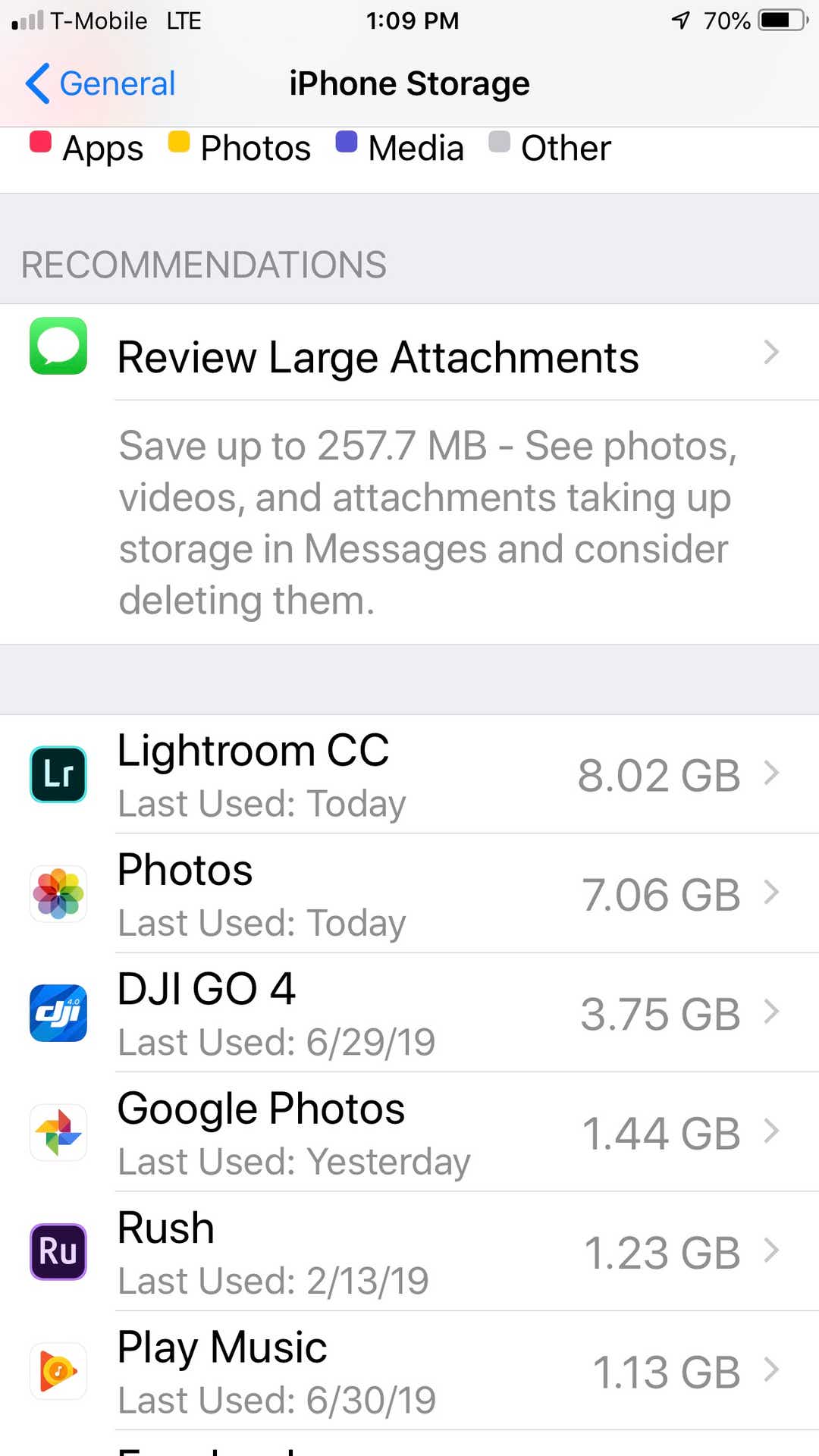Jefferson Graham
USA TODAY
Published 6:00 AM EDT Jul 5, 2019
You're taking that killer selfie in front of a national monument and you get that dreaded notice on your phone – you've run out of storage.
Apple will offer a paid solution: upgrade your iCloud account now in order to snap more photos, as iCloud only offers 5 gigabytes of storage for free. Samsung has a similar Cloud service, with 15 GBs of free storage.
Most entry-level phones come with 32 GB of storage, which, once you add a bunch of apps, will greatly fill up in the phone, even more than all those high-resolution photos and 4K videos.
What to do? It's not just about spending money. You have several options.
Secrets and privacy: DNA testing can share all your family secrets. Are you ready for that?
Where's the villain?: Privacy and who's tracking you

Download Google Photos or Amazon Photos apps
Both apps offer free, unlimited uploads, and automatic backups of all your photos and videos, but with caveats. Google has free uploads, at slightly lower than full resolution, and Amazon's offer is full resolution, but only to members of its $119 yearly Prime expedited shipping and entertainment service. When the storage is full, backup your data here, confirm they are there, and then delete off the phone.

Delete apps
Not only do smartphone apps eat up a lot of valuable real estate, they also grow the more you use them. See for yourself.
Go to the Settings section of your phone, and check out the size of the apps. If you haven't used any of these in awhile, delete them.
On this reporter's iPhone, photos and video apps were the worst offenders. The photo editing app Adobe Lightroom Mobile was the big one, with a whopping 8 GB, followed by the Apple Photos app 7 GB, the DJI Go app, used for flying a drone, at 4 GB, Google Photos with 1.4 GB and the Adobe Rush video-editing program, at 1.2 GB.

My friend Adam's Samsung phone found Facebook as the biggest data hog, with 744 MB, followed by Google Chrome at 729 MB, Instagram with 622 MB, Chase bank with 515 MB and American Airlines at 506 MB.
One telltale place to look for excessive data hogs is the Apple Podcasts app. Going back to the pre-streaming days, when you had to subscribe to podcasts in order to hear them in your app, many phones still subscribe to them, and thus, all these data rich podcasts end up on your phone automatically. There's no need for this in an on-demand world. Take a look in the General Settings tab, and you might find some free multi-gigabyte space worth getting rid of here.
Delete videos
Aside from apps, videos take up more room than any other form of data. Once you've downloaded Google Photos or Amazon Photos and confirmed that the file is backed up there, start deleting videos off your phone.
Trim back texts
These aren't data hogs, but if you make a lot of them, you might want to go in and start getting rid of the ones you no longer need. This should be your last resort, as deleting texts will be very time consuming.





![MAGA: Ivanka Rocks Team USA Gear At Winter Olympics [PHOTOS]](https://amsterdamtimes.info/wp-content/uploads/2018/02/Ivanka_Trump_Olympics_7-2-100x75.jpg)

